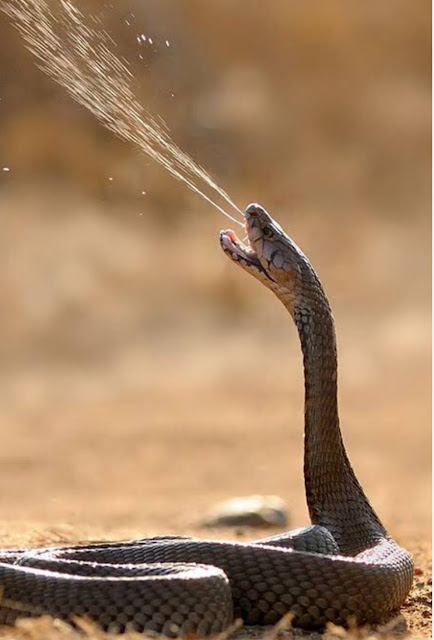The Samar Cobra

The Samar Cobra The Samar cobra (Naja samarensis) also called Peters ' cobra southern Philippine cobra or Visayan cobra, is a highly venomous species of spitting cobra native to the Visayas and Mindanao island groups of the Philippines.The Samar cobra is a species of spitting cobra that can grow up to 1.4 meters in length. Their coloring varies from a black and yellow to green.There are 17-25 scale rows around the hood, 17-19 ahead of mid-body; 161-184 ventrals, 41-52 subcaudals, basal pairs sometimes undivided. Reproduction : The Samar cobra is endemic to the southern Philippines. Specifically, the Visayas and Mindanao island groups. Habitat can vary widely from mountainous jungle to tropical plains. They can live close to human settlements.The Samar cobra typically lives at an elevation of 0 - 1,000 m (0 - 3,280 feet) asl.The Samar cobra, or southeastern Philippines cobra, is oviparous, laying clutches of up to eight eggs. Behavior & diet : Like the Philippine cobra (Naja ph...





